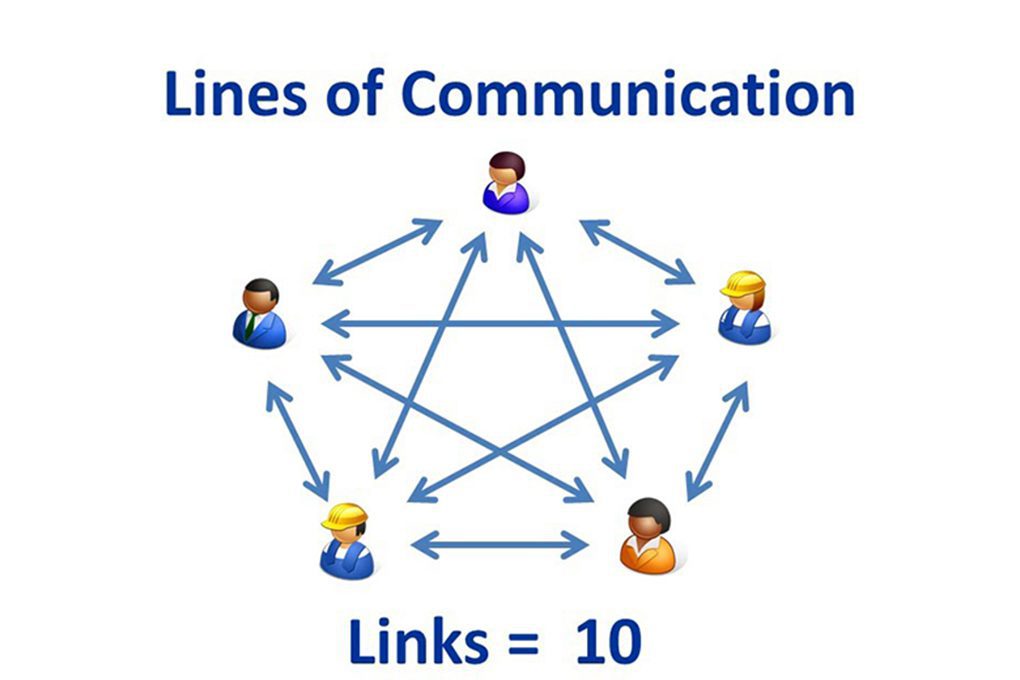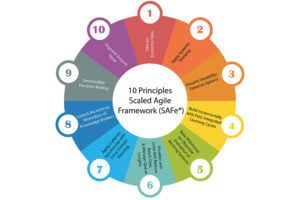
Communication Channels in a Project
One of the indicators of complexity in a project is the number of potential communication channels. It is considered that there is a significant number of potential communication paths between team members and stakeholders, which grow exponentially with the increase in the number of people involved in the project. This is based on the assumption that each person can communicate with any other person within the project.
What is the use of the number of potential communication channels?
In practice, such a number can be used as an indicator of the complexity of communication tasks within the project. This may not be very relevant for small projects, and some projects even choose not to use this indicator at all.
On the other hand, in large projects and so-called mega-projects, this can be an indicator of the degree and intensity of the necessary project communication management. This may include, for example, allocating dedicated resources for project communication roles proportional to the number of potential communication channels. Such approaches can be especially relevant for projects prone to exchanging complex or even false information and for teams working on confidential issues.
This can also influence decisions regarding the choice of communication type and the technologies used.
How is the number of potential communication channels calculated?
The number of potential communication channels is calculated using the following formula:
Number of channels = (N × (N – 1)) / 2,
where N is the number of people.
For example, in a project with 5 team members, including the project manager:
Calculation: (5 × (5-1)) / 2 = 20 / 2 = 10 communication channels
Conclusion
Knowledge about the number of communication channels in a project helps project managers plan, manage, and monitor communications throughout the project. It can also be an indicator of the complexity of communication management in the project.
Tag:Project, Standard, Terminology



